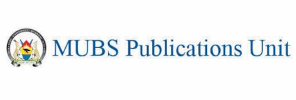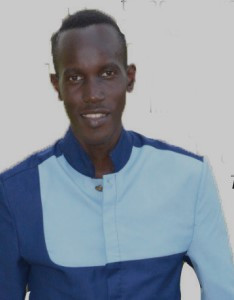In our diverse world, every individual possesses unique qualities and capabilities that contribute to the rich tapestry of human experience. Yet, despite our differences, one common thread unites us all, our fundamental rights as human beings. Unfortunately, society often fails to recognize and uphold these rights for a significant portion of its population persons with disabilities.
Many people define disability as a reduction or the inability of an individual to perform an activity or role in a manner or range considered for human beings.
This reduction or inability can be attributed to an impairment, whether temporary or permanent, which is defined as damage or loss of a part or parts of the body caused by various factors such as disease, accident, genetic disorder, or malnutrition.
Disability, on the other hand, goes beyond impairments. It occurs when an individual, while trying to accomplish their tasks or duties, encounters barriers that limits their ability to do so.
These barriers can exist on three levels:
Level of body which relates to impairment of the body’s function, such as the inability to walk, see, talk, or hear, Level of Person which involves activity limitations, where individuals are perceived as unable to perform certain activities or roles due to their disabilities.
Level of Society which refers to participation restrictions, where persons with disabilities are restricted from engaging in activities that others in the community take for granted.
Regrettably, many people in our society hold misconceptions about persons with disabilities which lead to stigmatization and discrimination.
Two prevalent views need to be challenged:
- The Pity and Charity View, some individuals perceive persons with disabilities as unfortunate and dependent, believing that they require lifelong support and charity to survive. This view overlooks their potential and resilience.
- The Patients in Need of Medical Care View: Another group views persons with disabilities about persons with disabilities which lead to stigmatization and discrimination.
Two prevalent views need to be challenged:
- The Pity and Charity View, some individuals perceive persons with disabilities as unfortunate and dependent, believing that they require lifelong support and charity to survive. This view overlooks their potential and resilience.
- The Patients in Need of Medical Care View: Another group views persons with disabilities about persons with disabilities which lead to stigmatization and discrimination.
Two prevalent views need to be challenged:
- The Pity and Charity View, some individuals perceive persons with disabilities as unfortunate and dependent, believing that they require lifelong support and charity to survive. This view overlooks their potential and resilience.
- The Patients in Need of Medical Care View: Another group views persons with disabilities

